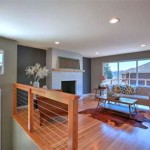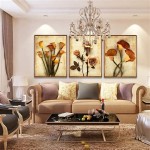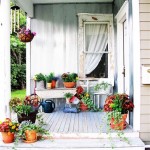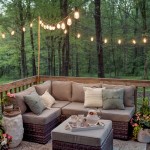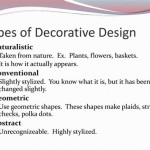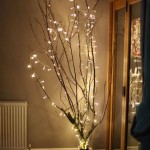What Is The Difference Between Structural and Decorative Design?
In the realm of design, understanding the distinction between structural and decorative elements is crucial. While both contribute to the overall aesthetic and functionality of a design, they serve distinct purposes. Structural design pertains to the fundamental framework and load-bearing aspects of a creation, while decorative design focuses on ornamentation and visual appeal. This article explores the key differences between these two design approaches.
Functionality vs. Aesthetics
The core difference lies in the primary focus of each design type. Structural design prioritizes functionality and stability. It addresses the essential requirements for a structure to withstand forces, support loads, and maintain its integrity. Examples include the framework of a building, the chassis of a car, or the skeleton of a piece of furniture. The primary concern is strength, durability, and effective load transfer.
Decorative design, conversely, centers on enhancing the visual appeal of a structure. It involves the application of ornamental elements, patterns, colors, and textures to create an aesthetically pleasing experience. While decorative elements can sometimes contribute to functionality, their principal role is to enhance the visual impact and evoke a desired emotional response. Examples include paint colors, textile patterns, carvings, and decorative moldings.
Materials and Techniques
The materials and techniques employed in structural and decorative design often differ significantly. Structural design frequently utilizes robust materials like steel, concrete, and timber chosen for their strength and load-bearing capacity. Construction techniques emphasize precision and engineering principles to ensure structural integrity.
Decorative design, on the other hand, offers more flexibility in material choices. Materials can be chosen based on their aesthetic qualities, such as color, texture, and malleability. Techniques employed in decorative design are often craft-based, focusing on artistic expression and surface embellishment. These may involve painting, sculpting, carving, weaving, or the application of decorative finishes.
Interdependence and Integration
While distinct in their primary functions, structural and decorative design are not mutually exclusive. They often work in tandem to create a holistic and well-rounded design. The structural framework provides the foundation upon which decorative elements are applied. In some cases, decorative elements can even contribute to structural integrity, such as ornate buttresses supporting a wall or carved details reinforcing a joint.
Successful design often involves a seamless integration of structural and decorative elements. The structural design ensures stability and functionality, while the decorative design enhances the visual appeal and creates a cohesive aesthetic. This integration results in designs that are both visually pleasing and structurally sound.
Influence of Style and Context
Both structural and decorative design are influenced by prevailing styles, cultural context, and historical periods. Architectural styles, for instance, often dictate specific structural forms and decorative motifs. Similarly, furniture design reflects evolving trends and cultural preferences in both its structural construction and decorative embellishments.
Understanding the interplay between structural and decorative elements within a specific style or historical context is vital for designers. It enables them to create designs that are both aesthetically appropriate and structurally sound within the given parameters.
Impact on User Experience
Both structural and decorative design contribute significantly to the overall user experience. Structural design ensures safety, comfort, and efficient functionality. A well-designed structure provides a secure and comfortable environment for its intended purpose, whether it's a building, a vehicle, or a piece of furniture.
Decorative design enhances the user experience by creating a visually appealing and emotionally engaging environment. It can influence mood, evoke feelings, and contribute to a sense of well-being. A thoughtfully decorated space can elevate the user experience and create a more positive and enjoyable interaction.
Evolution and Innovation
Both structural and decorative design continue to evolve with advancements in technology and materials. New materials and construction techniques allow for more innovative and efficient structural designs. Similarly, advancements in digital fabrication and artistic techniques expand the possibilities for decorative expression.
The ongoing exploration of new materials, techniques, and design principles pushes the boundaries of both structural and decorative design, leading to more creative, functional, and aesthetically pleasing creations.

Structural Vs Decorative Design By Whitney Carter

Structural And Decorative Design Part 3

Ppt Structural And Decorative Design Powerpoint Presentation Free Id 9096835

Solved Easy Questions For 100 Points 33 How Much Have You Learned Activity 7 1 Design Ysis Given Below Are Two Teapots With Diffe Structural And Decorative Designs Explain Each Teapot Fulfilled

Evaluation Of Visual Design

Decorative Design

Structural Vs Decorative Design By Lydia Thurston On Prezi Next

Classification Of Dress Design For Fashion Designer Textile Learner

Key Elements Of Interior Design And Decoration

The Distributed Proofreaders Ebook Of Principles Decorative Design By Christopher Dresser Ph D F L S E B
